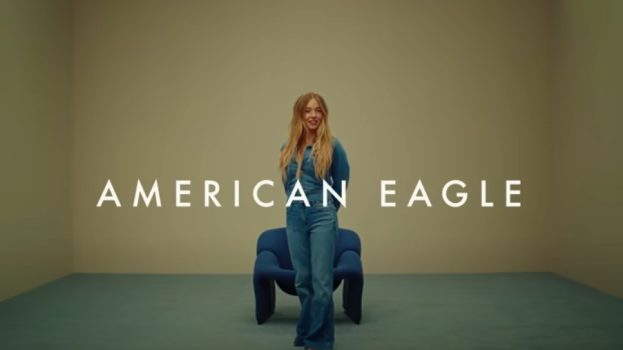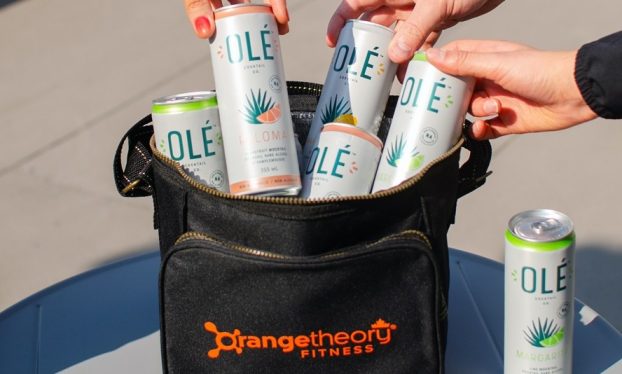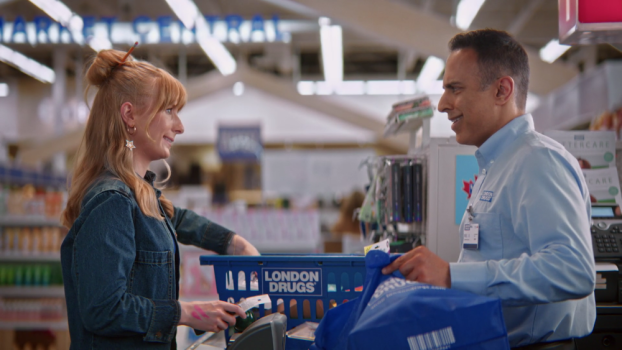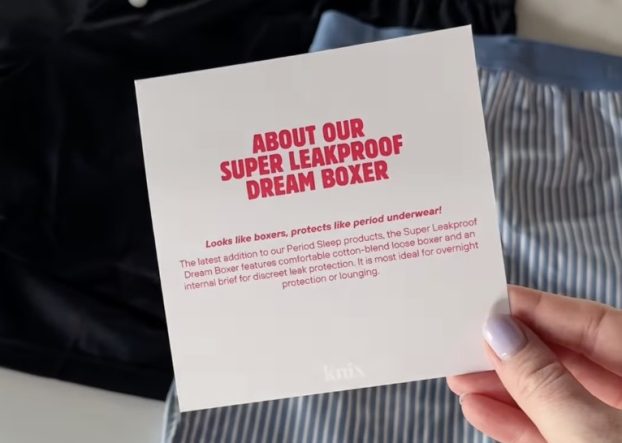Michael Lewis’s bestseller, Moneyball, tells the story of how the poorest team in major league baseball is beating all the rich teams. But on another level, this David and Goliath story provides lessons that small brands with small media budgets can use to eke out some extra wins against those big competitive brands with their big media payrolls.
Not so very long ago, as Lewis explains, the Oakland A’s had the highest payroll in baseball. The team fielded a competitive team while losing millions in the process. But everything changed in 1995 when the team’s owner died, and the new owners introduced the notion of profit to the club. The general manager at that time, Sandy Anderson, was given much less money to spend acquiring players. Anderson and his assistant, Billy Beane, had to go back to basics.
And they did. They started at ground zero, threw out preconceptions, and asked themselves: ‘Wins rely on runs, but what makes runs happen?’
To find out, they went back and studied historical baseball stats. They studied the works of Bill James, a brilliant but eccentric baseball analyst who had never been taken seriously. They developed hypotheses in an attempt to accurately predict past runs. They were, in effect, performing econometric analysis.
They discovered the variable that most directly impacts on runs was not batting average, not power hitting but rather ‘on-base percentage.’ Contrary to traditional baseball thinking, they deemed the lowly ‘walk’ to be an important variable.
Today Beane is the general manager, and his band of castoffs and rejects costs only about $40 million a year, compared to the New York Yankees’ $126 million payroll in 2002. He drafts low-cost, high ‘on-base percentage’ players that other MLB teams reject. He insists that his entire staff accept his vision. He hires smart people. And he’s winning games. The Oakland A’s have contended for playoff positions in each of their last three seasons and could win the World Series this fall.
That, in a nutshell, is how Beane, and Anderson before him, coped with baseball’s 3:1 payroll disparity. The distance between rich and poor MLB teams dwarfs the payroll disparities in other professional sports, but is, in turn, small-time compared to the gaps that exist in brand media budgets.
Take beer for example. Sleeman Silver Creek Lager made do with only 3% of Coors Light’s media budget last year – a 32:1 spend ratio. Meanwhile, McDonald’s spent over $20 million last year, while Taco Bell, with comparable consumer and geographic challenges, plays the game with less than $2 million in media payroll…a 10:1 ratio.
So if you’re playing on a small brand team, and you’re wondering how to come up with more wins with less media budget, it’s worth reviewing Oakland’s success story.
For starters, the media planner must be able to do what Anderson and Beane did: drop the preconceptions, ignore the truisms, and adopt these three ‘Beanerisms.’
First, resist the tendency to generalize from individual experience. One’s own experience is rarely typical.
Secondly, don’t be overly influenced by most recent performance. What was last done will rarely be done next.
And finally, don’t believe what you see or thought you saw. There’s a lot you don’t really see when you watch a baseball game.
These words of wisdom go to the heart of the challenge facing brands that are small-time players. Don’t trust your experience, your recent performance or your own eyesight. Rely on historical data, develop a hypothesis, isolate key success factors, apply to historical brand performance and prove that the hypothesis is true to form.
And most importantly, use a brand’s history to find undervalued media opportunities. Undervalued media are like undervalued ball players. They’re ignored by the bigger budgeted brands. Their benefits are hidden. They don’t look good. Their butts are too big. But as Beane puts it: ‘We’re not selling jeans here!’
Undervalued media work but cost less because the demand is low. They include the number-six radio station in a seven-station market; the number-three newspaper in a three-paper town; the all night TV spots.
While the big-budget brands are trying to hit a home run by purchasing commercial time in very high-profile, very expensive TV shows such as the Super Bowl, Academy Awards or CSI, the small brand would be well advised to focus on low-cost media that have a great ‘on-base average.’ After all, you can’t win the game if you don’t get a run. You can’t get a run if you don’t get to first. And a walk will do just fine.
Rob Young is one of the founders of Toronto-based PHD Canada (formerly HYPN). He can be reached at ryoung@phdca.com.






















